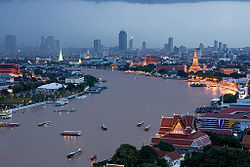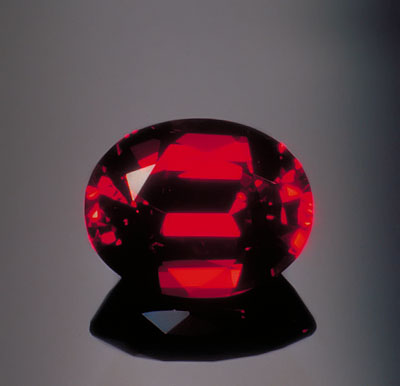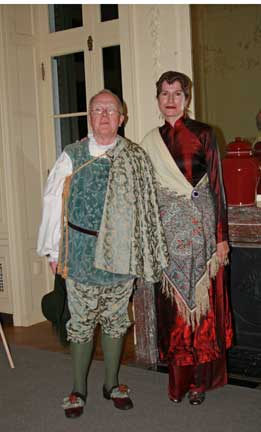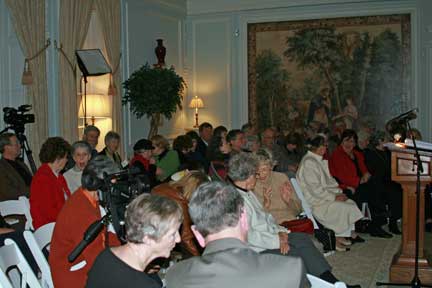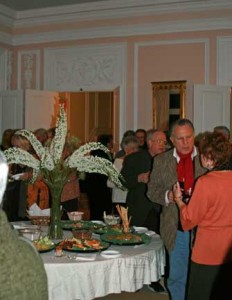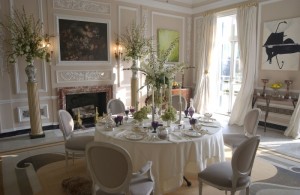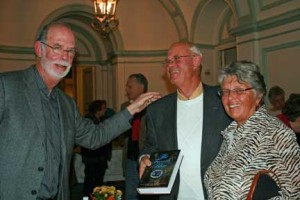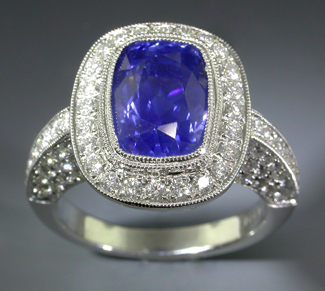by Richard W. Wise, G.G.
©2010
Arrived in Bangkok on Tuesday. We had only a week and a day between returning home from Tucson and leaving again for Asia. I had agreed to give a talk at the 34th GIA Gathering on the 24th. Lecturing on jetlag. I don’t recommend it. Still our timing was good, two days after we left, the northeast was slammed with 18″ of snow.
The Gathering, hosted by Ken Scarrett, was well organized with about 100 people in attendance, good food, good wine and good talk and all books sold. It was great seeing old friends like Mark Smith, Richard Hughes and Gay and Joe Belmont. GIA has established a school here with hundreds of students coming from all over the world to study gemology in Bangkok, the colored gemstone capital of the world. It is particularly gratifying to meet and talk to this new generation of students. I find myself in awe, they come from such an interesting variety of places and backgrounds.
Ruby; The End of Burma?
Ruby production at Mong Hsu and Mogok has shut down. Production from Mogok has for years been little more than a trickle and now it appears that the “new mines” at Mong Hsu are at an end of their productive years. At any rate, according to a number of sources, both mining areas are now effectively closed.
There are few Burma rubies of any quality to be found in the Bangkok market. In many ways this resembles the situation in the late 1980s when Burma stones did not exist in the market and all that was available was mined in Thailand. Today the Thai deposits are mined out and Africa is ruby’s new hope! Compared with Mogok, a valley 20 miles long, the vast geology of East Africa’s Mozambique belt, a geologic formation stretching from from Ethiopia in the north all the way to Zanzibar possesses the greatest potential for gem production in the 21st Century.
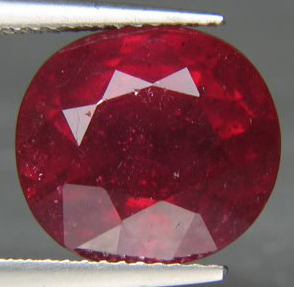 We have had the opportunity to see a number of the newer rubies from Mozambique and Tanzania including a 16 carat piece of flattish alluvial rough from Mozambique that will likely cut an 8+ carat stone. In some cases, the color is quite marvelous, resembling the pure scarlet hues of the best of the old Thai gems.
We have had the opportunity to see a number of the newer rubies from Mozambique and Tanzania including a 16 carat piece of flattish alluvial rough from Mozambique that will likely cut an 8+ carat stone. In some cases, the color is quite marvelous, resembling the pure scarlet hues of the best of the old Thai gems.
The hue itself was often of a purer red than stones from Burma though the high iron content added a murkiness—sometimes adding an orangy secondary hue or a brownish mask that was not attractive. Both the Mozambique and Tanzanian material while geologically similar and iron bearing have measurably less iron in their composition and thus a higher degree of transparency. Much of the Mozambique resembles the old pinkish Lai Thai material that superficially resembles some Burmese. Due to the iron, the African material lacks the highly saturated ultraviolet punch of the best of Burma, though the best material is exceptionally beautiful in its own right.
More later, stay tuned!

